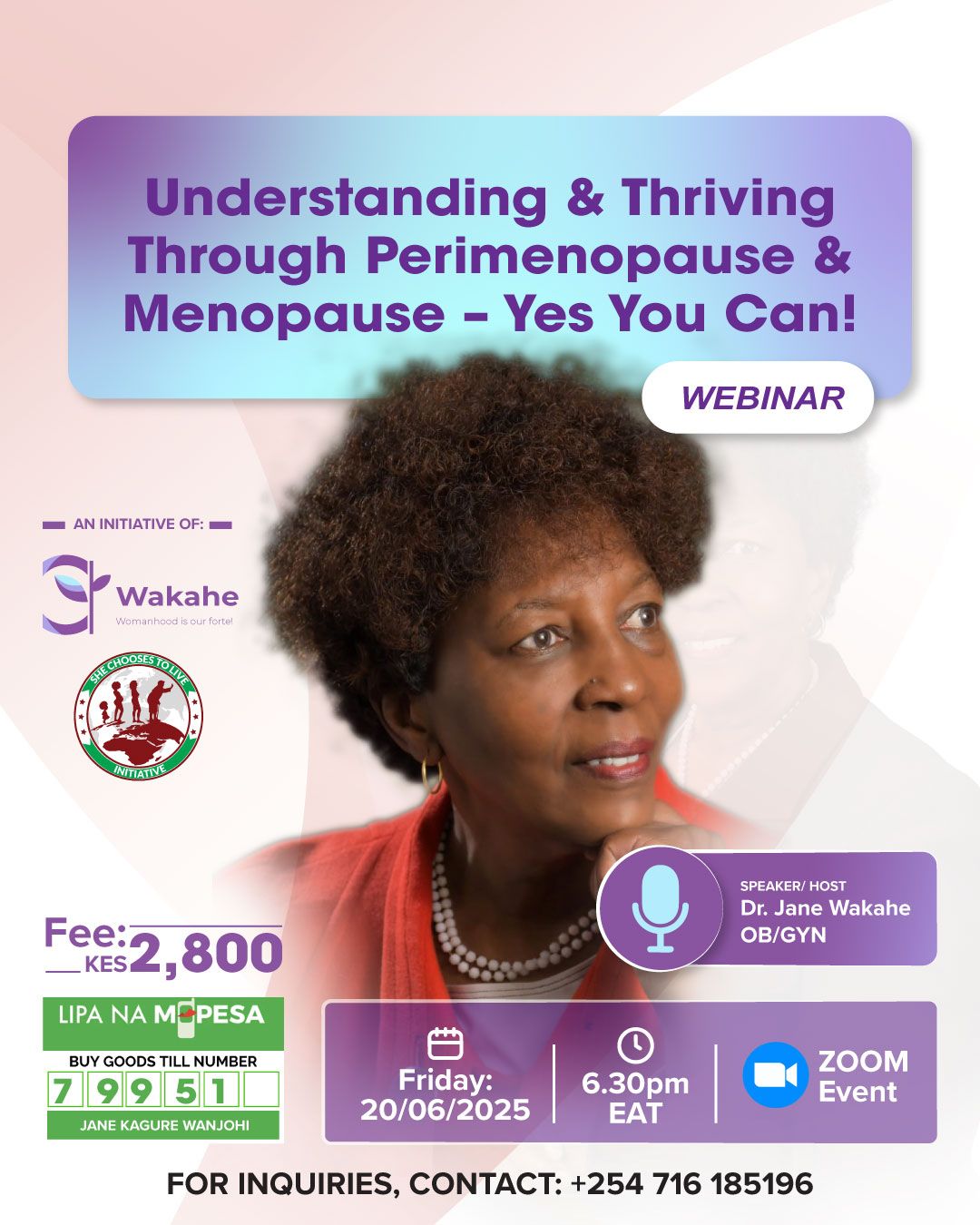The Role of the Ovaries in Menstruation
The ovaries play a pivotal role in the menstrual cycle, particularly in triggering menstruation when pregnancy does not occur. Menstruation is the cyclic bleeding experienced by women during their reproductive years. Here’s an overview of how the ovaries function in this complex process:
- Preparing the Uterus
Each menstrual cycle involves the preparation of the endometrium, the inner lining of the uterus, to receive and implant a fertilized egg, which could result in pregnancy. The ovaries select 200 to 1000 eggs for maturation every cycle for possible fertilization. - Egg Maturation and Release
The process of egg maturation is regulated by ovarian hormones in conjunction with hormones from the hypothalamus and pituitary gland. Typically, one or two of these eggs (follicles) mature fully and become the dominant follicles. These dominant follicles release an egg during ovulation, while the remaining follicles undergo a natural process of degeneration. - Post-Ovulation Scenarios
📌Fertilization: If fertilization occurs, the fertilized egg implants itself in the endometrium, initiating pregnancy. The follicle that releases the egg proceeds to become a corpus luteum that will finally support the pregnancy in the 1st trimester.
📌No Fertilization: If fertilization does not occur, the released egg dies within 24 hours. This triggers hormonal changes that signal the endometrium that pregnancy will not happen. Consequently, the endometrium is shed and expelled from the body as menstrual flow, marking the beginning of menstruation. After menstruation, the process of endometrial thickening restarts in preparation for the next potential pregnancy, leading to the saying that menstruation is the “weeping of a disappointed uterus."
Types of Menstrual Bleeding
- Ovulatory Bleeding: This is the regular bleeding that occurs after the egg released during ovulation is not fertilized.
- Anovulatory Bleeding: This occurs when no egg is released during the cycle, so no hormonal signal is sent to shed the uterine lining. The endometrial lining continues to thicken in anticipation of fertilization, but when it becomes too thick for the blood supply to sustain it, the lining breaks down, resulting in menstruation. This type of bleeding often follows several skipped months and is usually heavier and lasts longer.
- Hormonal Contraception-Related Bleeding: Anovulatory menstruation can also be associated with hormonal contraception methods, such as birth control pills or injections, which prevent ovulation and thus affect the regular menstrual cycle.
Conclusion
The ovaries are essential in regulating the menstrual cycle, facilitating the release of eggs, and ensuring the appropriate shedding of the uterine lining. Their role extends beyond mere egg release; they are integral to the hormonal balance that governs reproductive health. Understanding these processes highlights the complexity and significance of the ovaries in maintaining the menstrual cycle and overall reproductive well-being.
Please note: Whereas menstruation is a normal occurrence in the reproductive age, any post-menopausal bleeding is to be taken seriously. It could be a result of abnormality of the whole reproductive system including the ovary.
Latest Posts

- 🗓️ Date: Friday, June 20th 2025
- 🕡 Time: 6:30PM EAT
- 🎟️ Early Bird Offer: KES 2,500 (Valid until Saturday, June 7th)
- 📲 Pay via M-Pesa Till No: 79951
- ☎️ For inquiries call: 0716185196
Cervical Cancer Awarness
November 22, 2024
Subscribe to our Newsletter and stay in the
loop of our latest News and Updates